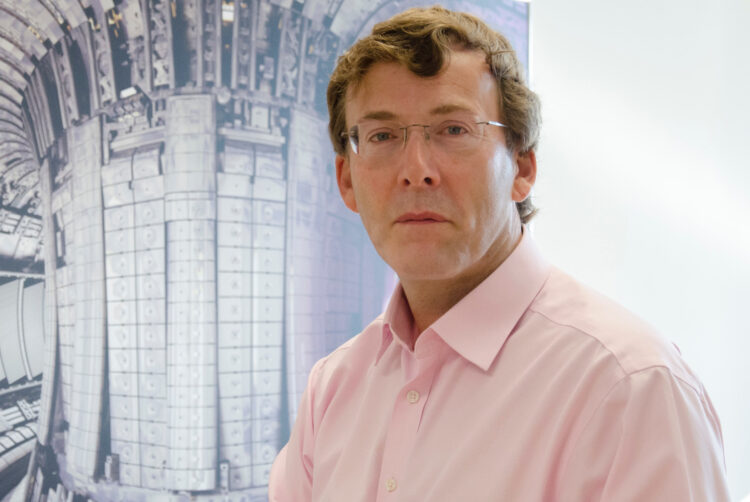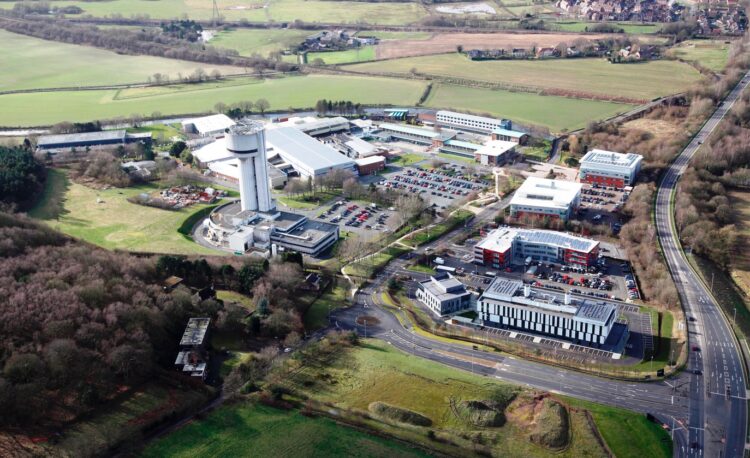City region takes key role in push for ‘limitless energy’
Fusion offers hope of limitless clean energy and now the Liverpool city region is taking a key role in the push for the ‘Holy Grail’ of power generation. Tony McDonough reports

For decades scientists have been pursuing the ‘Holy Grail’ of fusion – creating limitless clean energy from hydrogen.
Nuclear power stations generate electricity by splitting unstable atoms in a ‘fission’ reaction, an expensive process that yields radioactive waste. Fusion forces atoms of hydrogen together, producing a large amount of energy and limited radioactive waste.
It could transform mankind’s efforts to creating a carbon-free world and bring a halt to man-made climate change. A few days ago scientists in the US announced what may be the biggest breakthrough since the 1970s, creating 20 quadrillion watts of power in a major experiment.
However, the energy only lasted 100 trillionths of a second and required the use of focused lasers, the size of three football fields, at the Lawrence Livermore National Laboratory. And herein lies the problem. So far, the process of creating a fusion reaction requires far more energy that it actually produces.
Now the Hartree Centre at Sci-Tech Daresbury in the Liverpool city region is to take a key role in tackling the obstacles that are in the way of achieving this transformational goal. Hartree is home to one of the most powerful supercomputers in the UK. It is run by the Science and Technology Facilities Council (STFC)
It is joining forces with the UK Atomic Energy Authority (UKAEA) to launch the Centre of Excellence in Extreme Scale Computing in Fusion. This collaboration will enable UKAEA to locate staff at the Hartree Centre and to grow sophisticated computing capabilities for the delivery of commercial fusion.


One of the challenges of successfully creating fusion reactions is the production and management of the ‘plasma’ – the ultra-hot gas where the fusion process happens – as well as challenges in materials and engineering design.
This collaboration will apply the latest computing systems and world-leading supercomputing and data science expertise at STFC to address some of these challenges, including understanding and modelling plasma, and producing the innovation required to develop so called ‘digital twins’ of future fusion power plants.
These sophisticated models, running on supercomputers, are a key element for helping scientists and engineers to develop viable reactor technologies “in-silico” (in the virtual world) rather than via expensive, real world prototyping.
Tim Bestwick, chief technology officer at the UKAEA, said: “The Hartree Centre and UKAEA each have extraordinary world-leading capabilities in their fields, so this unique relationship can really accelerate the vital mission of developing sustainable fusion energy – which we believe will play a key role in our low-carbon future.”
Alison Kennedy, director at the Hartree Centre, added: “This new centre will allow fusion specialists to work shoulder to shoulder with our own scientists and engineers to co-design tools and methods for accelerating the UK fusion programme.
“Our relationship will further enhance our current collaborations with ATOS, Nvidia, IBM and other vendors. We are as excited as UKAEA about the UK Government’s prioritisation of fusion energy in their ‘Ten Point Plan for a Green Industrial Revolution’.”

